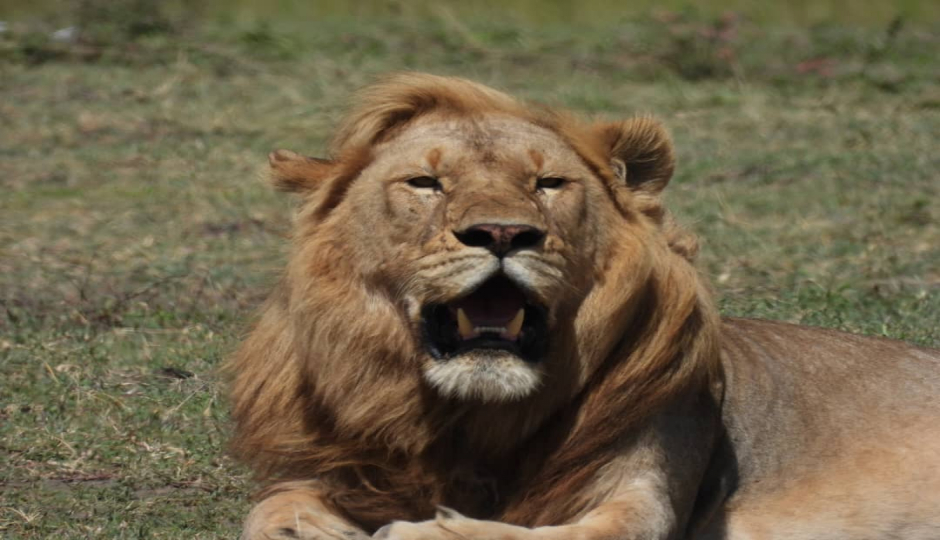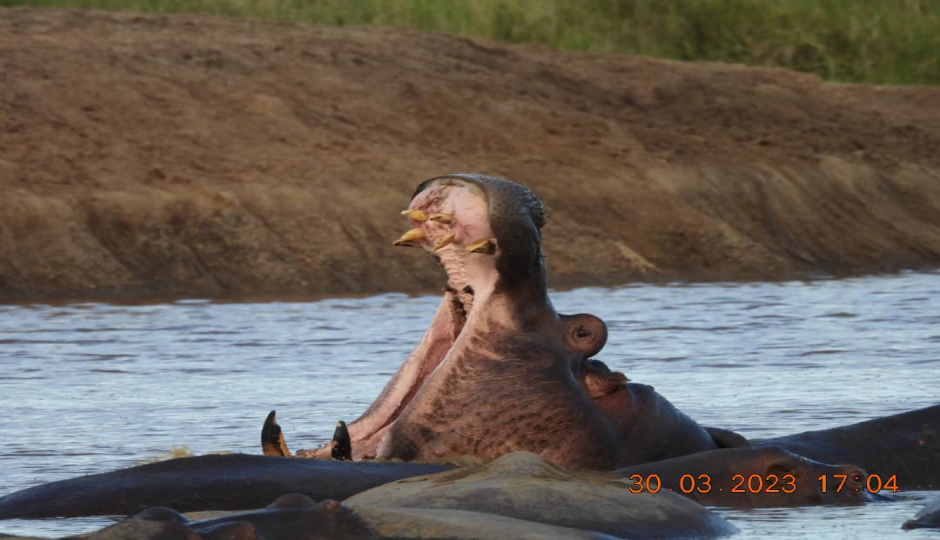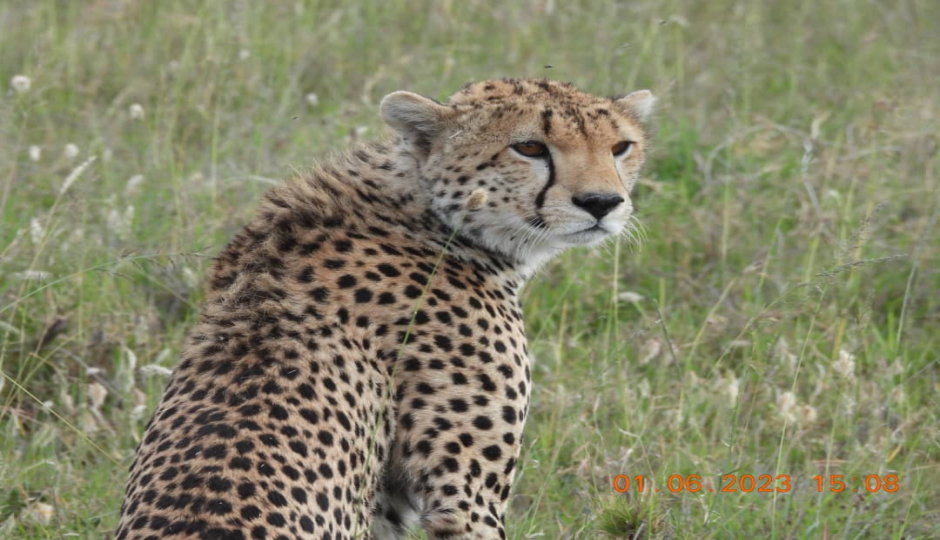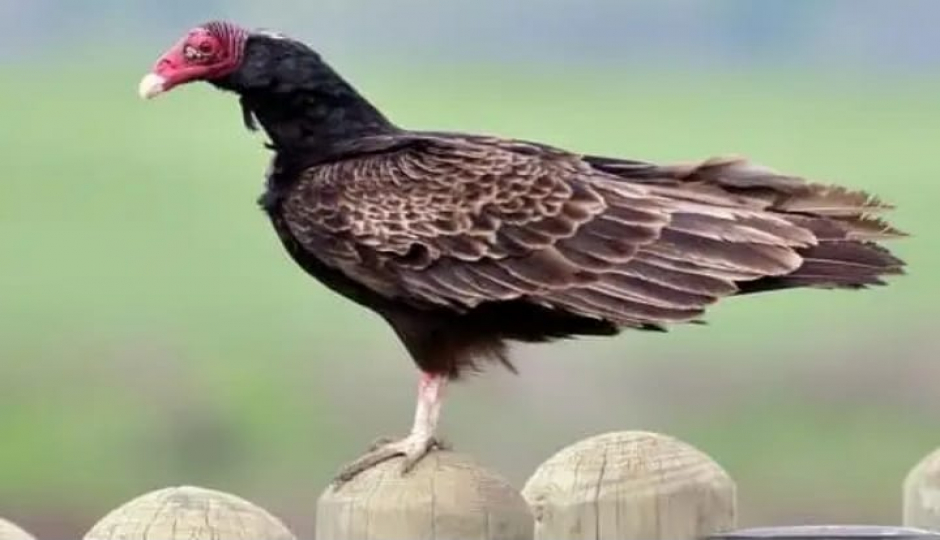







When planning an African safari, two countries stand tall among the rest: Kenya and Tanzania. These East African neighbors offer extraordinary wildlife experiences, stunning landscapes, and deep-rooted cultural traditions. But if you’re wondering, “Is Kenya or Tanzania safari better?”, you're not alone. It’s a question many travelers ask before making one of the most exciting decisions of their life.
Both destinations have their charm, but when it comes to wildlife density, natural wonders, and the overall safari experience, Tanzania safaris edge ahead in more ways than one. Let’s explore why Tanzania just might be the ultimate safari destination—and why it should be your top pick.
Both Kenya and Tanzania share the ecosystem that hosts the world-famous Great Wildebeest Migration, but Tanzania holds the crown jewels of this event. While Kenya has the Maasai Mara (which receives the migration for only 2–3 months), Tanzania owns 80% of the entire Serengeti National Park, where the migration spends most of the year.
From the southern Serengeti calving season in January–March to the thrilling river crossings at the Mara River between July and October, Tanzania offers front-row seats to nature’s greatest show. You’ll witness over 1.5 million wildebeest, 200,000 zebras, and countless gazelles on the move, followed closely by lions, cheetahs, and crocodiles.
In contrast, the Kenya safari experience in Maasai Mara—while beautiful—is shorter and more crowded. The Tanzanian side is more expansive, giving you more space, more action, and less tourist traffic. If the migration is on your bucket list, Tanzania is where you want to be.
When you ask seasoned travelers or wildlife experts what makes a safari unforgettable, many will tell you about the Ngorongoro Crater in Tanzania. This massive volcanic caldera is a natural enclosure that supports one of the densest concentrations of wildlife on the planet. You can spot the Big Five—lion, elephant, buffalo, rhino, and leopard—in a single game drive.
There is nothing in Kenya quite like Ngorongoro. While Kenya has fantastic parks like Amboseli and Tsavo, none of them match the geological uniqueness and game-viewing intensity of the Crater. The views from the rim alone are jaw-dropping, and once you descend into the crater, you enter a wildlife paradise where every turn brings something new.
Ngorongoro is not just about wildlife; it’s also about ancient history. This region is part of the Ngorongoro Conservation Area, which includes Olduvai Gorge, one of the world’s most important paleoanthropological sites. This blend of nature, science, and culture makes it a must-visit, and something only a Tanzania safari package can offer.
When planning a Kenya safari, most itineraries include Nairobi, the Maasai Mara, Lake Nakuru, and perhaps Amboseli. While these are impressive, Tanzania’s safari options are far more diverse and spread across multiple ecosystems. From the northern circuit’s big names (Serengeti, Ngorongoro, Tarangire, Lake Manyara) to the southern parks like Selous (Nyerere National Park) and Ruaha, Tanzania safaris let you explore both popular and off-the-beaten-path wildernesses.
The south is perfect for seasoned travelers looking for quieter, more remote experiences. You’ll enjoy boating safaris, walking safaris, and fly-in camps with hardly another tourist in sight. On the flip side, Kenya’s southern safari circuit is limited and often overlaps with heavily visited areas.
And let’s not forget about Mount Kilimanjaro—Africa’s highest peak—rising proudly in northern Tanzania. Many travelers combine their Tanzania safari with a Kilimanjaro climb or a beach escape to Zanzibar, giving their itinerary a beautiful balance of adventure, wildlife, and relaxation. Kenya has Mount Kenya and its coast, yes, but Tanzania's trio of safari, mountain, and beach is hard to beat.
Let’s face it—nothing ruins a perfect lion sighting like ten vehicles jockeying for space and snapping away. One of the most underrated reasons why Tanzania is better for safari than Kenya is the lower tourist density and more authentic bush experience. While Kenya’s Maasai Mara can feel packed during high season, Tanzania’s Serengeti and other parks are more spread out, allowing for quieter, more immersive game drives.
Tanzania has made conscious efforts to promote low-impact tourism, which helps preserve the ecosystems and provides a more exclusive feel. Even in high season, it’s not unusual to have long stretches of wilderness all to yourself. That’s the kind of luxury money can’t always buy.
Travelers seeking genuine connection with nature and culture will find Tanzania safari packages offer more space, time, and serenity. The experience feels more like a personal journey rather than a checklist of sightings.
Both Kenya and Tanzania are home to the legendary Maasai people, and meeting them is often a highlight for safari-goers. However, Tanzania’s cultural experiences go beyond the Maasai. The country is a tapestry of over 120 ethnic groups, including the Hadzabe (one of the last remaining hunter-gatherer tribes in Africa) and the Datoga pastoralists.
Many Tanzania safari itineraries include genuine cultural encounters—not staged performances for tourists, but real opportunities to learn, connect, and share. Whether you're walking with a Maasai warrior, joining a local cooking lesson, or dancing by the fire with village elders, Tanzania invites you into its cultural heart with open arms.
These human connections elevate your safari from a simple nature trip to a meaningful, soul-stirring experience. Tanzania isn’t just a place you visit—it’s a place that stays with you.
After days in the wild tracking lions and elephants, nothing soothes the soul like the calm, crystal-clear waters of Zanzibar. One of the best parts about choosing a Tanzania safari package is the ability to easily add Zanzibar beach holidays to your itinerary.
You can go from the savannah to the spice island in under an hour via a short domestic flight. There, you’ll trade your safari boots for flip-flops, lounge on white sands, snorkel in coral reefs, and explore the cultural maze of Stone Town. It’s the ultimate African safari combo.
Yes, Kenya has Diani Beach and Lamu—but Zanzibar's charm, culture, and powdery sands are in a league of their own. And because it’s all within Tanzania, your logistics stay simple and smooth, making for a stress-free end to your safari adventure.
So, is Kenya or Tanzania safari better? The answer is clear: while both countries offer incredible safaris, Tanzania leads the way with larger parks, more wildlife diversity, fewer crowds, deeper cultural experiences, and the unbeatable combo of safari, Kilimanjaro, and Zanzibar.
If you’re looking for a once-in-a-lifetime safari that combines luxury, authenticity, and epic nature, then a Tanzania safari package is your best choice. It’s a journey that doesn’t just show you Africa—it introduces you to its soul.
At Lindo Travel & Tours, we specialize in creating unforgettable Tanzania safari packages tailored just for you. Whether you're chasing the Great Migration, dreaming of Ngorongoro’s crater floor, or looking for a safari-to-Zanzibar combo—we’ve got you covered.
Let your African safari dream begin with Tanzania.
Contact us today, and let’s create magic together.
Karibu Tanzania!






What is a Reasonable Tanzania Safari Itinerary?
How Do I Plan a Kilimanjaro Climb?
To book your adventure, simply send us an email detailing your desired experience—whether it's climbing Mount Kilimanjaro, going on a Tanzania safari, or enjoying the Zanzibar beach.
We'll promptly respond with all the information you need to finalize your plans. Plus, we offer the convenience of online payment to make the process even smoother.
View Packages